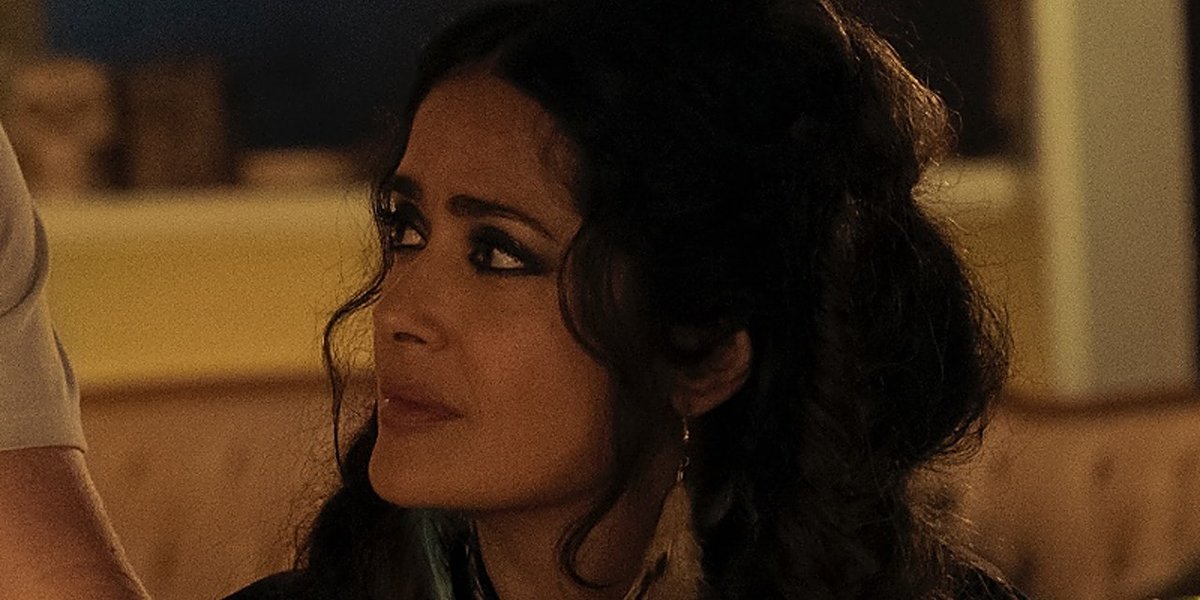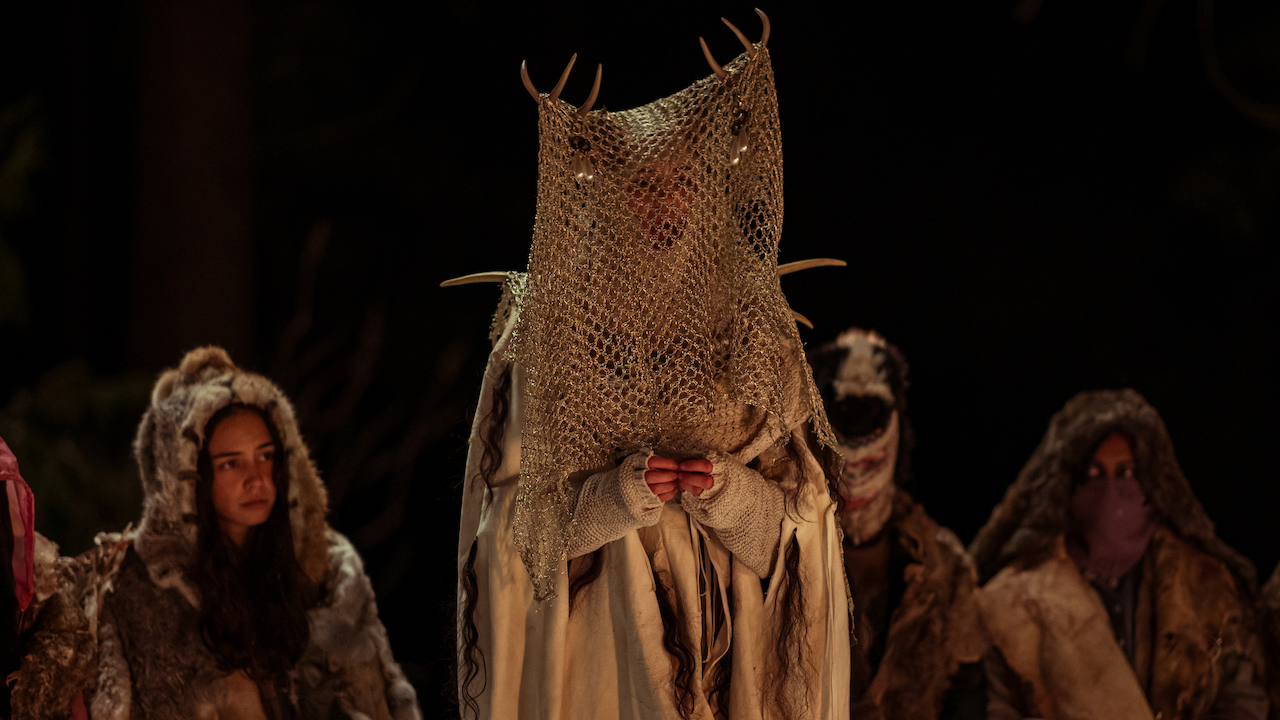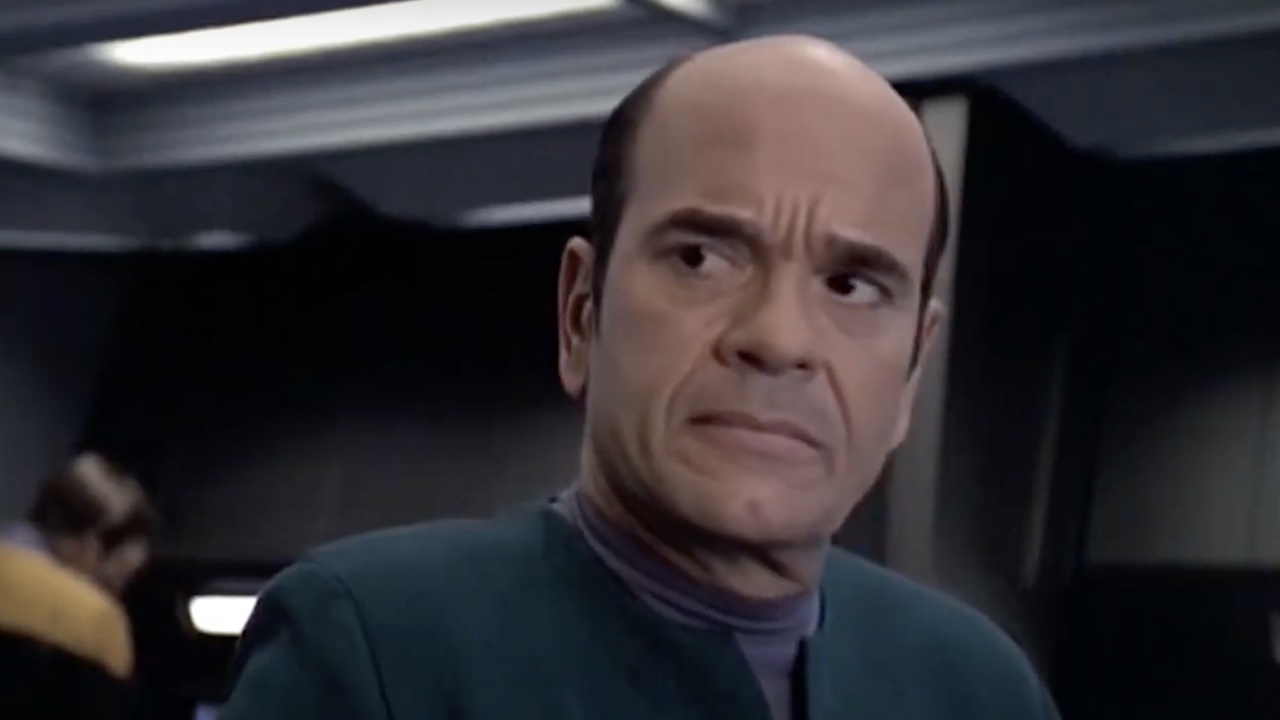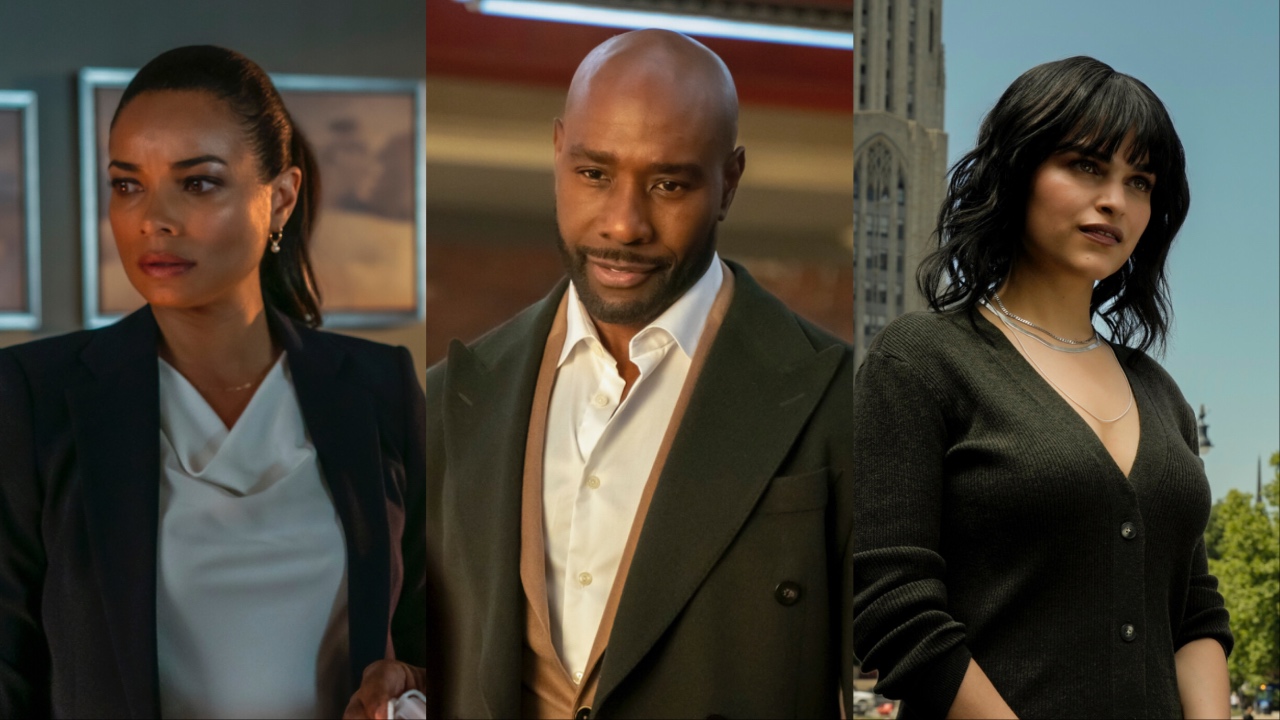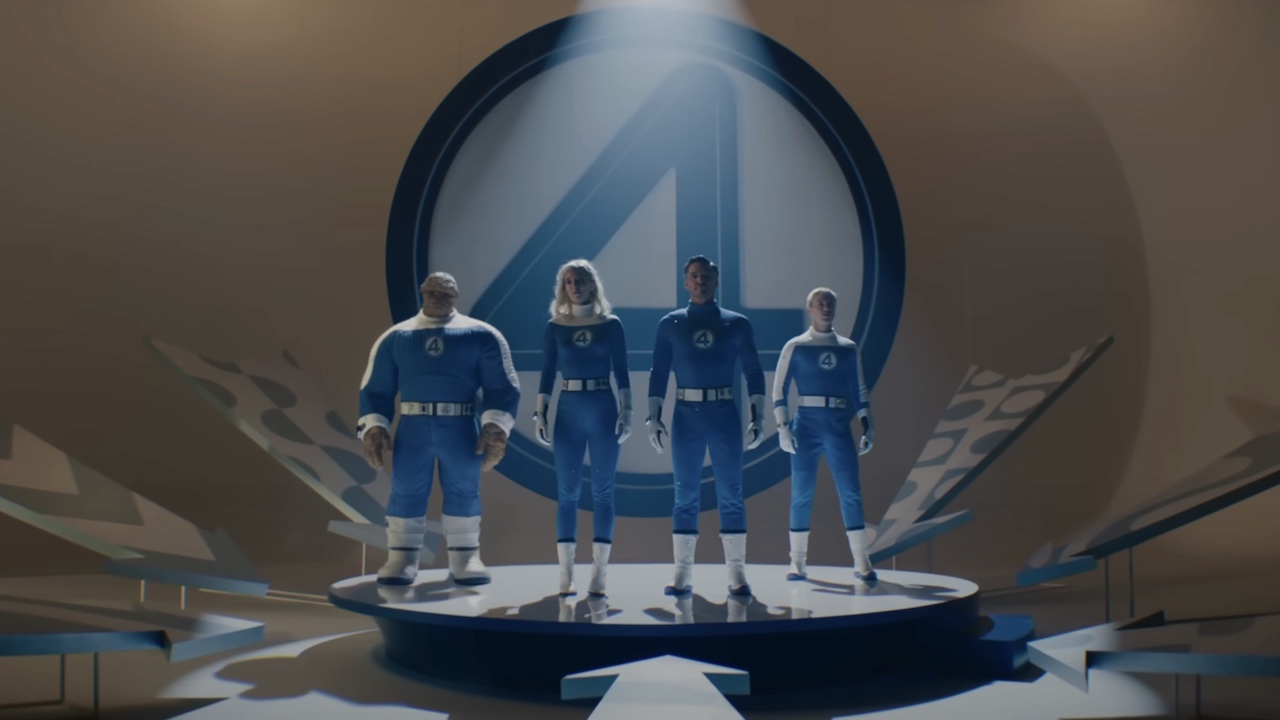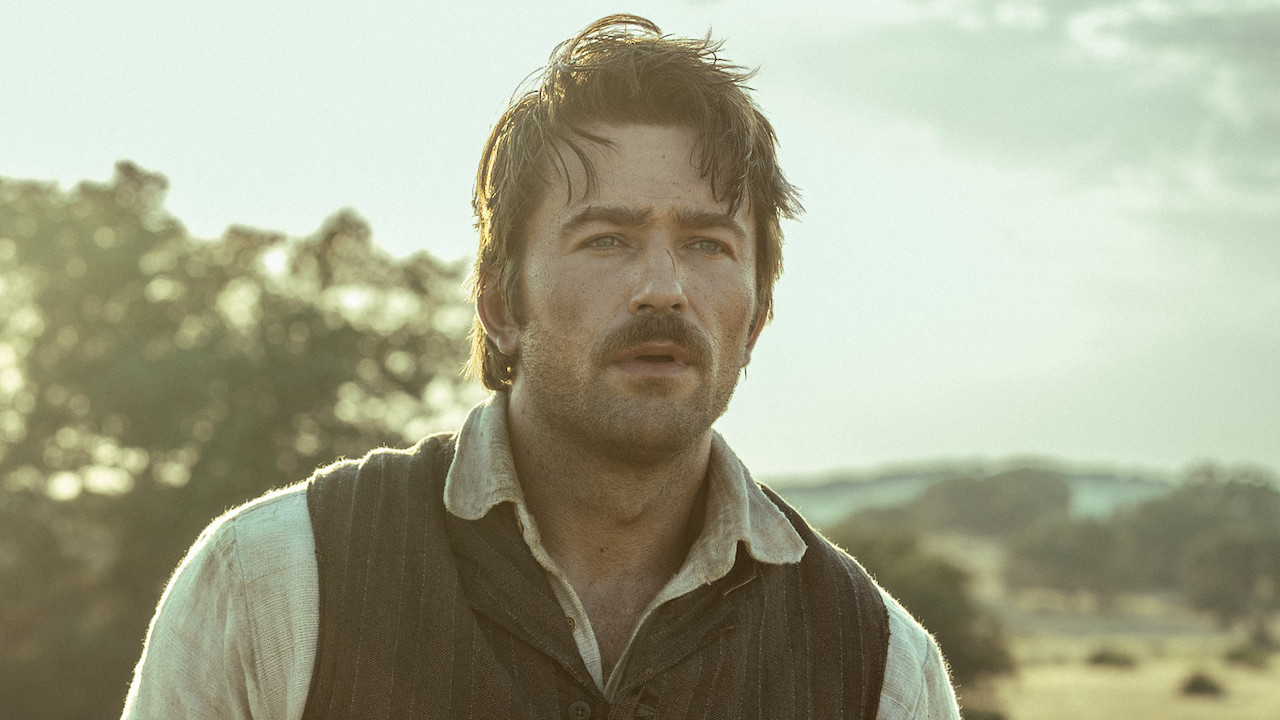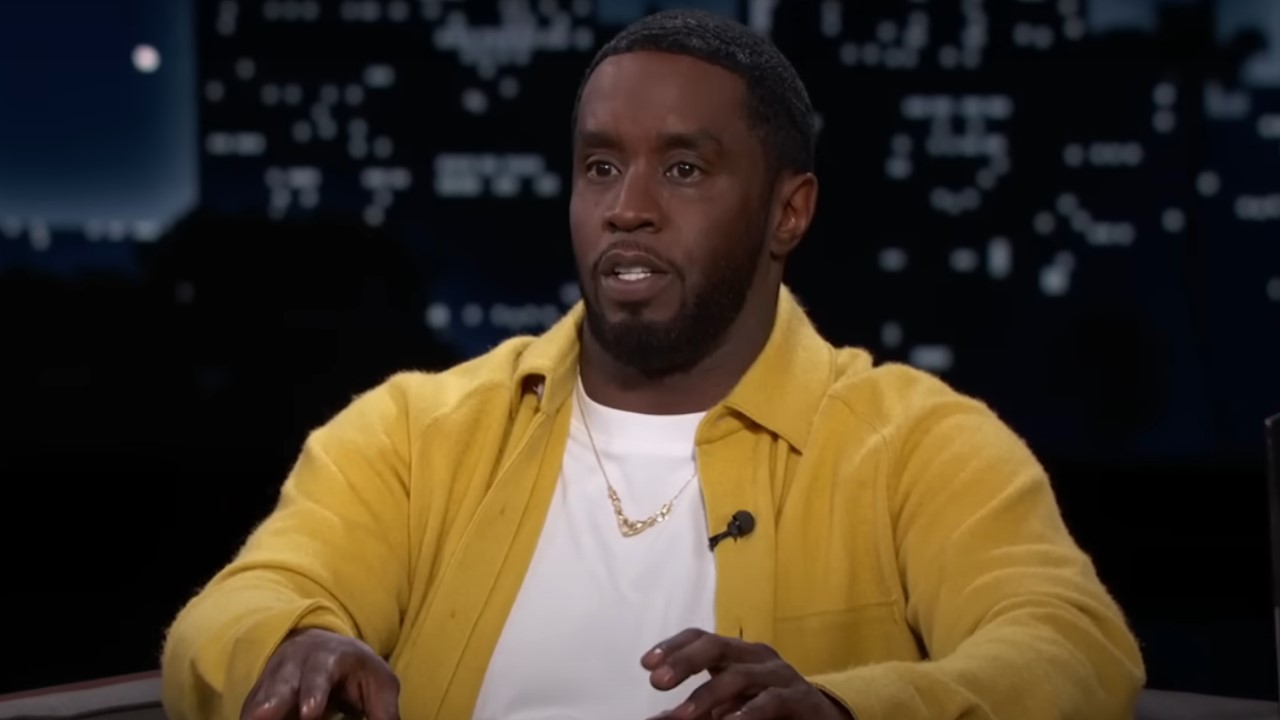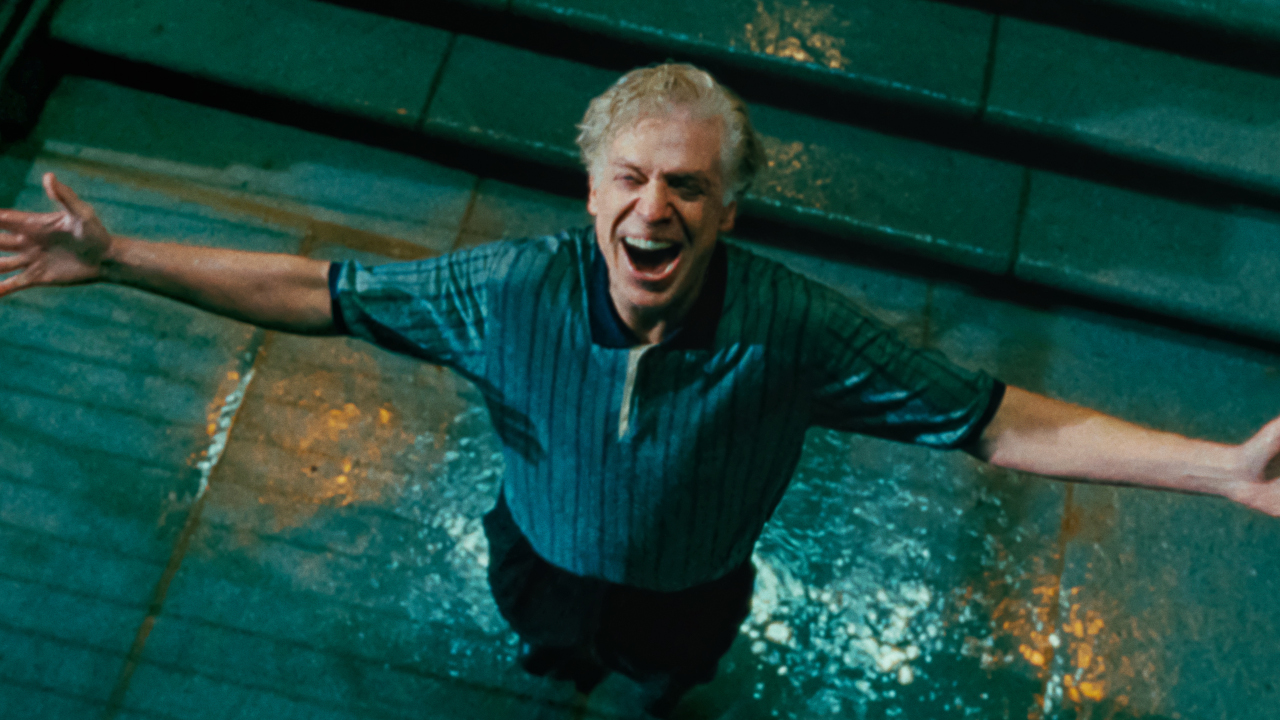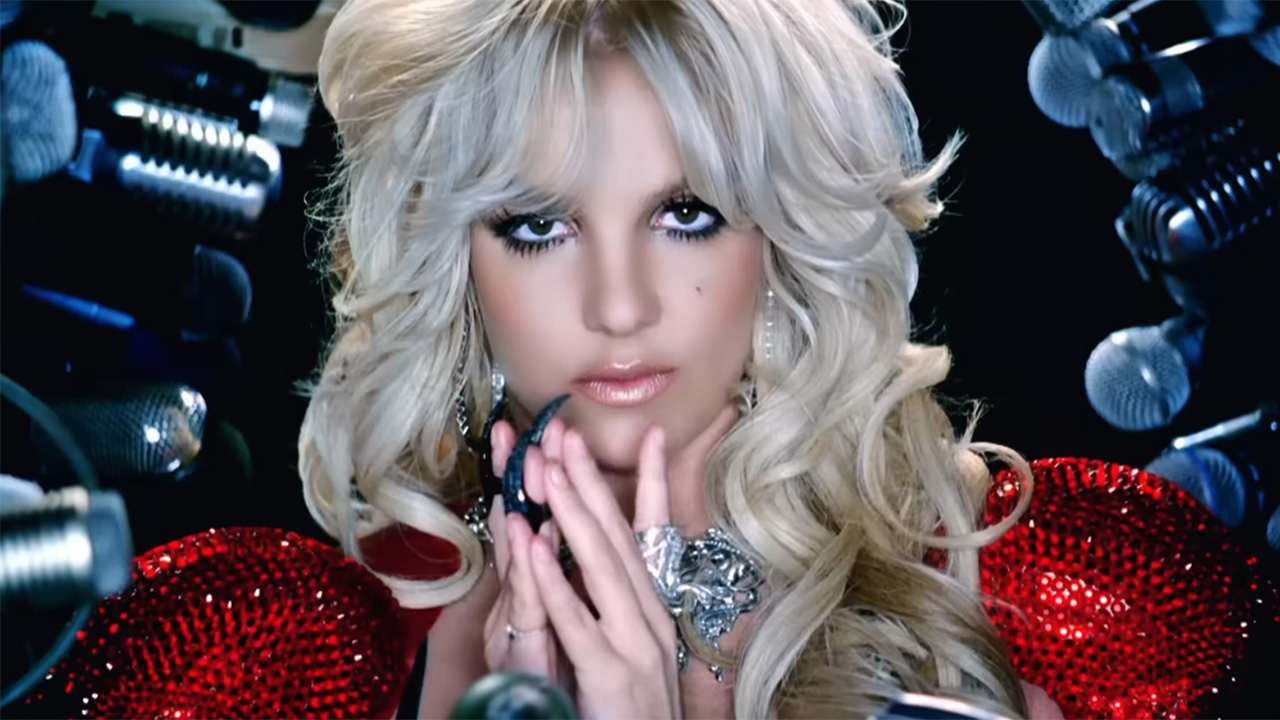Bliss Ending Explained: Which World Is Reality?

Warning: the ending to Bliss is in play, and we’re about to dive deep. It’s spoilers, and turtles, all the way down from this point.
By the time Bliss’s ending kicks in, there’s a mind bending mystery that sees Owen Wilson and Salma Hayek at a crossroads. With two realities presented as equally viable options for truth, the audience is left to make the choice of which world is “real” and which is a simulated construct. It’s certainly not an easy question, as when I first experienced Mike Cahill’s film, the film felt like an inconclusive puzzle that was missing some crucial pieces of the picture.
It’s frustrating, but Bliss’s narrative does leave enough clues to make a best guess as to what exactly is going on, and which of the dual realities reigns supreme. Looking at not only the ending, but also the clues that are dropped throughout the entirety of the movie, major ideas take shape. Putting everything together, we can see where Bliss could be heading, which is what I’m about to start discussing here. This is your final spoiler warning though, as we’re about to discuss what happens in the last act of Bliss.
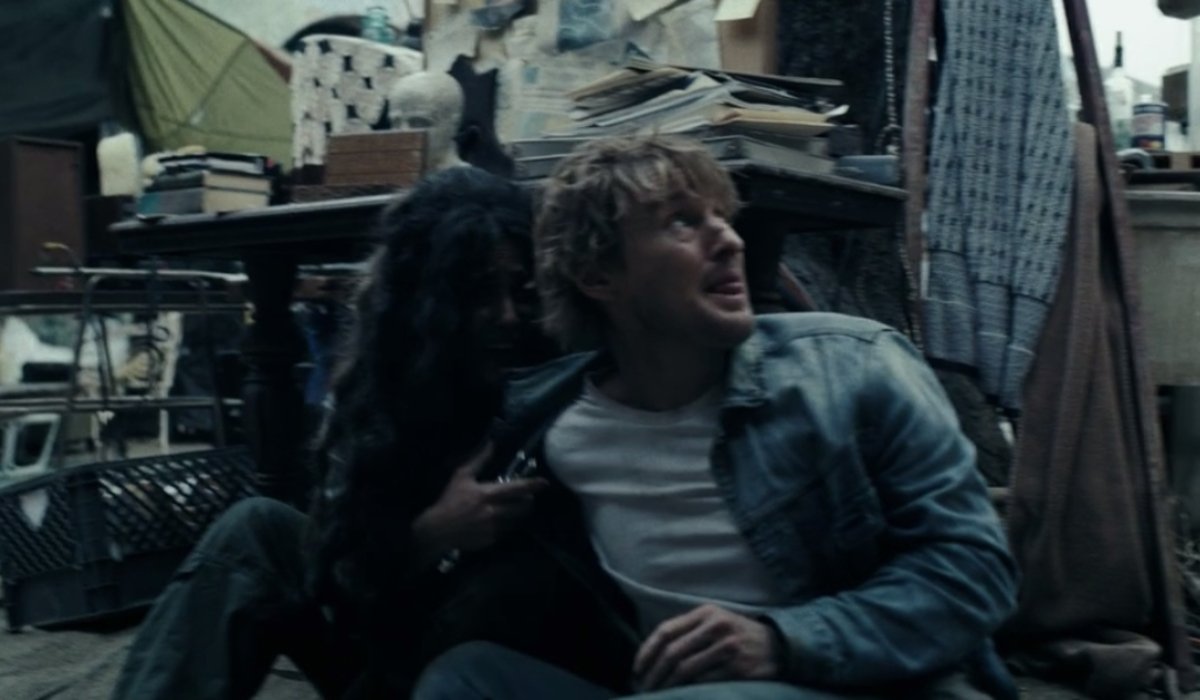
What Happens At The End Of Bliss?
After returning to the supposedly simulated reality that is the world of Greg Whittle (Owen Wilson), Isabel Clemens (Salma Hayek) is on a mission. In order to “properly” eject themselves from the simulation, they need to take another dose of the blue crystals that brought them out of Bliss’s computer generated world, named “the Brain Box.” A police chase ensues after Isabel kills her crystal dealer, leading to the pair fleeing back to the tarp camp that they share.
With only enough of a dosage for one of them to escape, a choice has to be made: who goes back to Bliss, and who stays in the Brain Box? After taking a moment, with some brief fighting between the two of them, it’s decided that Isabel will take the final dosage of blue crystals. Greg makes the decision to stay behind in the world he decides is real, fleeing the scene as Isabel distracts the cops. In the final moments of Bliss, we see our hero headed to rehab, claiming that he can’t remember whether or not his daughter Emily (Nesta Cooper) is real. The film ends with Greg reuniting with Emily, on the path to shaking his habit.
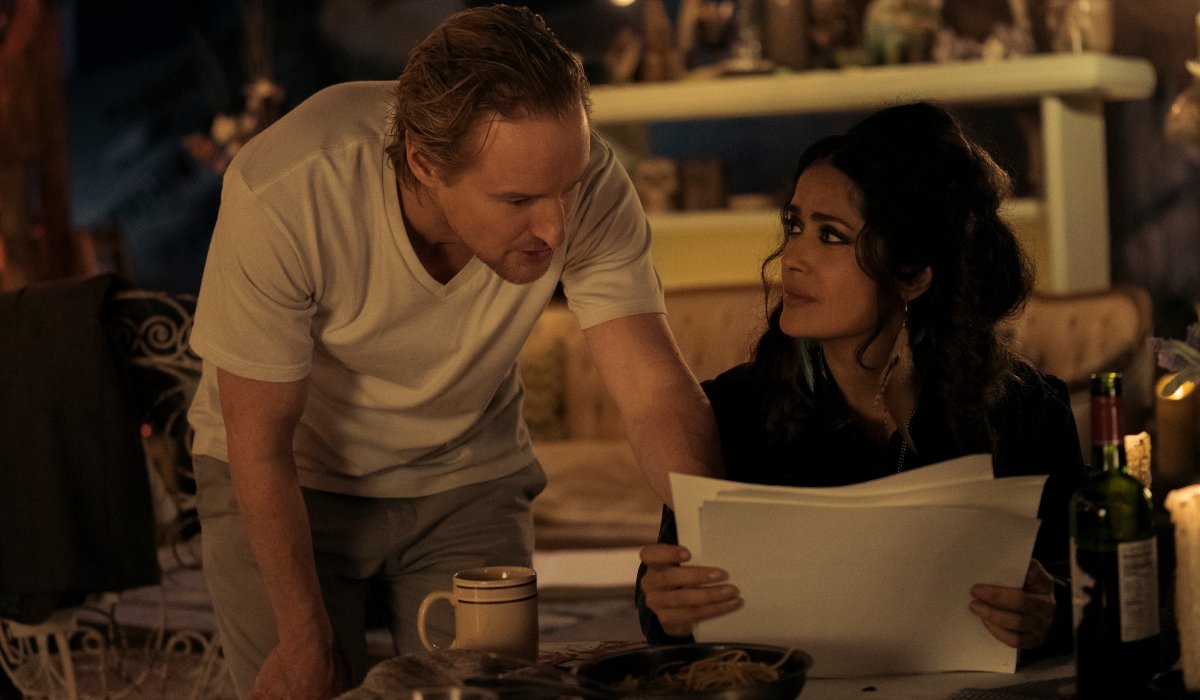
The Two Worlds That Bliss Presents As Reality
At the heart of Bliss is two separate worlds that present themselves, both of which present valid evidence for their existence as the true reality. These worlds are basically owned by the person who champions their existence, with Greg feeling that the world he’s used to is actual reality. This is the easier world for the audience to believe is true, as even with its glitches, it’s the more grounded realm that was introduced to us from the start.
Isabel’s choice of reality, the “Bliss” world, is a utopian world where everything is perfect, and Greg’s world is seen as an illusion created to truly show the world how good it’s got it. With people on the other side of reality presented as holographic presences within Bliss’s world, there is somewhat of a harmony between Isabel's world and Greg's. But in the end, a choice has to be made as to which one is real, and which is recreational; and it's not an easy decision to make for some key reasons. Now let's take a deeper look at the twin realities of Bliss.
CINEMABLEND NEWSLETTER
Your Daily Blend of Entertainment News

Greg’s Choice: The “Real” World
Greg’s idea of reality, a more grounded and decaying world, is the world he chooses to believe in. Here’s the evidence presented for both sides of validity when discussing Greg’s world:
How Greg’s Reality Could Be Real
We open Bliss with Greg sketching the drawings of the Bliss world, and even Isabel herself. So we know that he’s intimately familiar with the utopia that Isabel hails from; and we even see that he’s drawn her in his sketches. However, we do see that Greg is on painkillers, and it looks like he’s taking Hydrocodone-Acetaminophen; which Vicodin is a commonly known brand of. This is to be assumed, by taking a closer look at the bottle in his hands when he tries to refill his prescription.
The larger key to Greg’s world being a reality is the fact that he looks to be abusing his meds, which include hallucinations and memory loss as side effects. After Greg snorts his medication, his wallet glitches out a little, and the movie proper begins. With an unreliable narrator, a substance abuse problem, and the periodic appearance of his daughter Emily (Nesta Cooper) hinting a presence too strong to be attributed to a merely figment of creative programming, Greg’s reality looks absolutely real.
How Greg’s Reality Could Be False
On the other side of the coin, Greg and Isabel are both addicts who happen to be taking the same drugs. This suggests that the god-like powers that the two of them seem to share could be a common hallucination brought on by the crystals they’ve been taking together. There’s also some telltale signs that hint at Bliss’s supposedly fabricated world is just that.
During one scene where Greg and Isabel are talking, there’s a glitch that shows a woman seemingly duplicate her presence in the background; kind of like that black cat in The Matrix. Also, we see Greg supposedly kill his boss by accident in the beginning of Bliss, but once he returns to his former place of work, his “dead” boss turn up very much alive. While his co-workers do seem to recognize him, and his psychotic break could explain away the supposed murder in the first place, it is rather disorienting and could fall in line with Isabel's theory that they "rebooted" Greg's boss.

Isabel’s Choice: The “Bliss” World
Just as powerful as Greg’s supposed reality seems to him, Isabel’s belief in what Salma Hayek calls “The Bliss World” is just as unshakable. And it has just as many clues pointing towards its potential validity.
How Isabel’s Reality Could Be Real
During the exposition that Isabel lays down for Greg in Bliss’s utopian paradise, there are several points of knowledge that point to easter eggs in the Brain Box simulation. Clues like the holographic speaker telling the story about “turtles all the way down,” a sign that warns to “Beware the robots,” and the fact that Greg’s company is called “Technical Difficulties” are very much easter eggs that someone would hide in a manufactured reality.
The greatest proof that Isabel may not be lying is how we see her powers manifest before she doses Greg with the yellow crystals. That leaves enough doubt to “prove” that Greg’s idea of reality is actually the Brain Box simulation, as how else would they have those powers? Then again, the world of Bliss isn’t exactly built on solid ground either.
How Isabel’s Reality Could Be False
Throughout “The Bliss World,” there are holographic presences that interact with the world, but do not physically inhabit it. As we see with Emily’s visit to Greg during the big gala, those holograms look like they’re people from Greg’s reality, interacting with people. If you’re looking for stone cold proof to why Isabel’s reality is the one that’s truly manufactured, look no further than Greg’s invention, the “Thought Visualizer.”
Not only does the device tie into that time he told his daughter, “I have thoughts I wish you could see,” we see it manifest in both Bliss worlds. In the utopia of Isabel’s reality, it’s a fully functioning digital device; however in Greg’s reality, it’s a piece of cardboard with the words “Thought Visualizer” written on it. Putting it all together, there’s one more possibility we need to take into account, the one that could determine once and for all which world is real: there’s a good chance that Isabel does not exist.
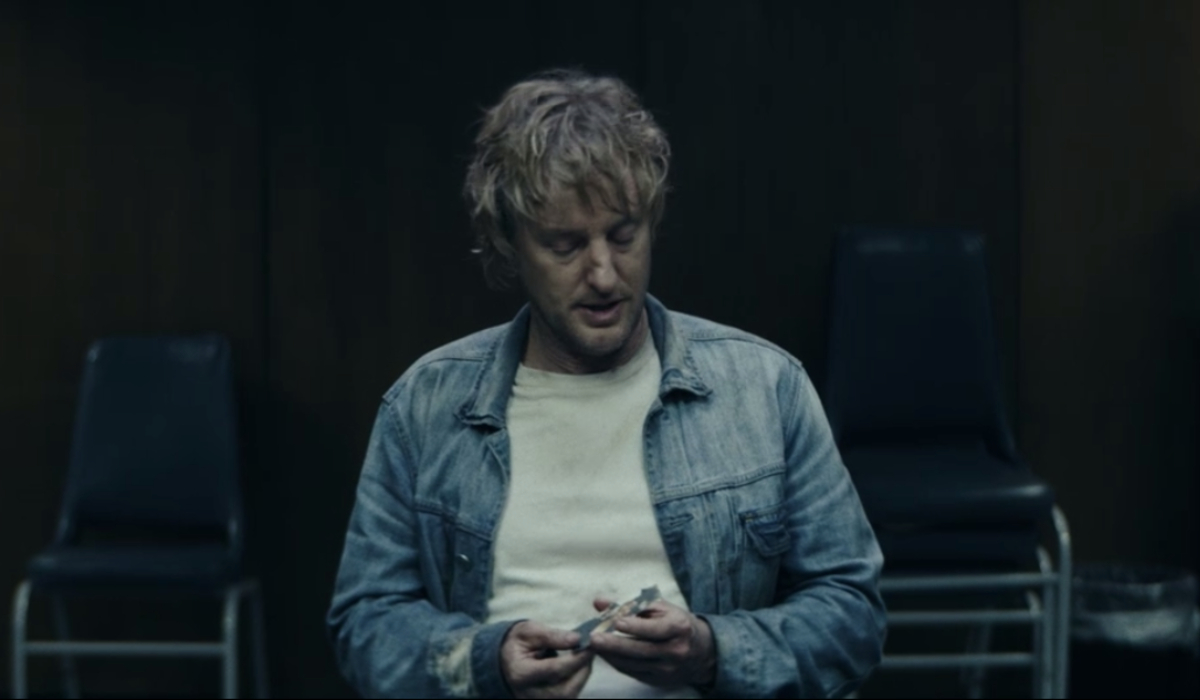
Which World Is Reality In Bliss?
Using all of the evidence above, here’s how Bliss plays out according to my perception of events: Greg Whittle is known to have a drug problem, which causes him to lose his wife, lose his job, and ultimately spiral into a hallucinated alternate reality. After snorting up on the job, right before he’s fired by his boss, Greg undergoes a psychological break where he loses time. Switching to new and more powerful drugs, he dreams up Isabel and fuels her presence with his habit.
Throughout Bliss, we see Greg being seduced by Isabel, and her “Bliss World” reality, which in truth is a side effect of the drugs that he’s taking. With the two worlds melting into each other, Greg has to make a choice which world to stay in. If he gets clean, he goes back to reality, and accepts his mundane life; but if he overdoses, he goes back to “Bliss World” for good. Either way, he’s never going to be in the same place with Isabel, as there’s only enough of a dosage for one, and she was never there in the first place.
The distortion of both of Bliss’s realities put them on the bleeding edge next to each other, with any supporting facts tipping the scales towards one outcome being actual reality. While what I’ve laid out above makes sense to me, there’s plenty of room for you the audience to make a counterargument. That’s what’s so intriguing, yet frustrating, about what Mike Cahill did with Bliss, and it’s the big conversation the film is going to leave us all rolling around in the aftermath. So if you’ve seen the movie, and have your own theory as to what the ending means, feel free to leave those theories in the comments section. Also, don’t forget to take our audience poll, as statistical assistance always makes a conversation all the more spirited!
This poll is no longer available.

Mike Reyes is the Senior Movie Contributor at CinemaBlend, though that title’s more of a guideline really. Passionate about entertainment since grade school, the movies have always held a special place in his life, which explains his current occupation. Mike graduated from Drew University with a Bachelor’s Degree in Political Science, but swore off of running for public office a long time ago. Mike's expertise ranges from James Bond to everything Alita, making for a brilliantly eclectic resume. He fights for the user.
